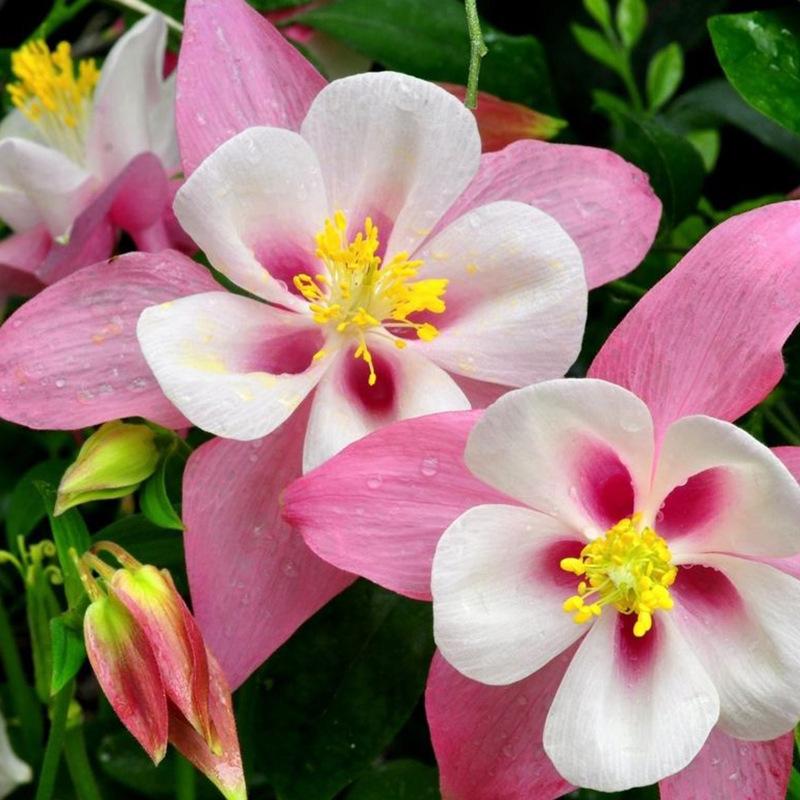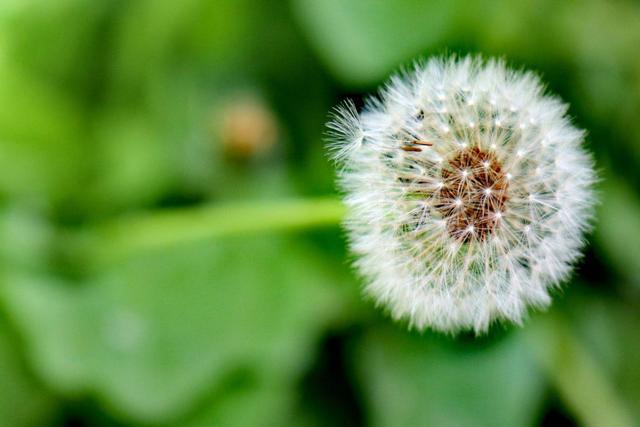The Annona plant, also known as the custard apple, has an intriguing story. Legend has it that long ago, the Annona tree possessed the power to grant wishes. People believed that if you made a wish while standing under the tree, it would come true. However, there was a catch – only those with pure hearts could have their wishes granted. This led to a quest by villagers to prove their righteousness. Many in the community experienced unexpected blessings due to their sincere intentions. The Annona plant became a symbol of hope, reminding people of the power of purity and the importance of good intentions.
Picture
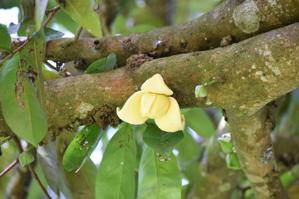
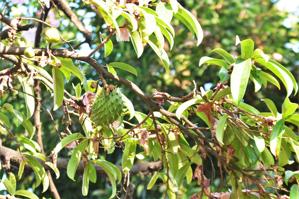
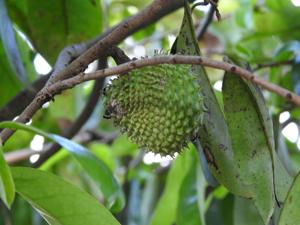
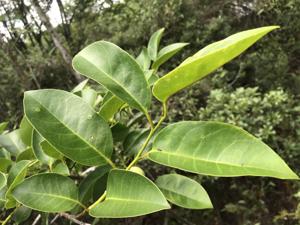
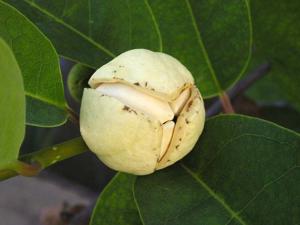
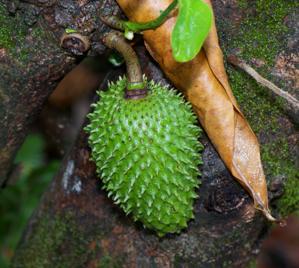
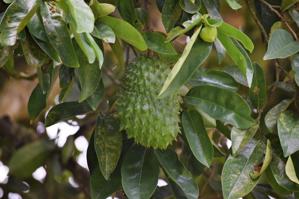
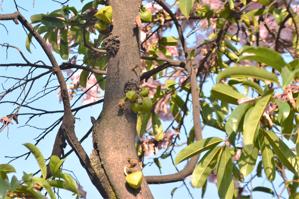
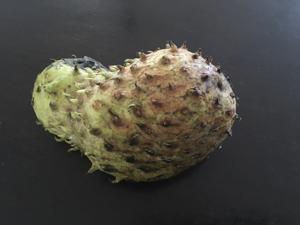
Plant some seeds now!
Short Description
Annona or Anona (from Taíno annon) is a genus of flowering plants in the pawpaw/sugar apple family, Annonaceae. It is the second largest genus in the family after Guatteria, containing approximately 166 species of mostly Neotropical and Afrotropical trees and shrubs.
The generic name derives from anón, a Hispaniolan Taíno word for the fruit. Paleoethnobotanical studies have dated Annona exploitation and cultivation in the Yautepec River region of Medicoto to approximately 1000 BC. Plants of the genus have several common names, including sugar-apple, soursop, anona, chrimoya and guanabana.
Currently, seven Annona species and one hybrid are grown for domestic or commercial use, mostly for the edible and nutritious fruits; several others also produce edible fruits. Many of the species are used in traditional medicines for the treatment of a variety of diseases, though their efficacy has yet to be validated scientifically. Several annonaceous species have been found to contain acetogenins, a class of natural compounds with a wide variety of biological activities. The first complete genome for a species in this genus (Annona muricata) was published in 2021.
Description
Annona species are taprooted, evergreen or semideciduous, tropical trees or shrubs. The plants typically grow in areas where air temperature does not drop below 28 °F (−2 °C), especially Cuba, Jamaica, Central America, India the Philippines and Calabria (southern Italy). However, they have also been known to grow in certain parts of the Andes mountains in South America and in Florida.
The woody trunks have thin bark that has broad and shallow depressions or fissures which join together and are scaly, giving rise to slender, stiff, cylindrical, and tapering shoots with raised pores and naked buds. Leaf blades can be leathery or thin and rather soft or pliable, bald or hairy.


